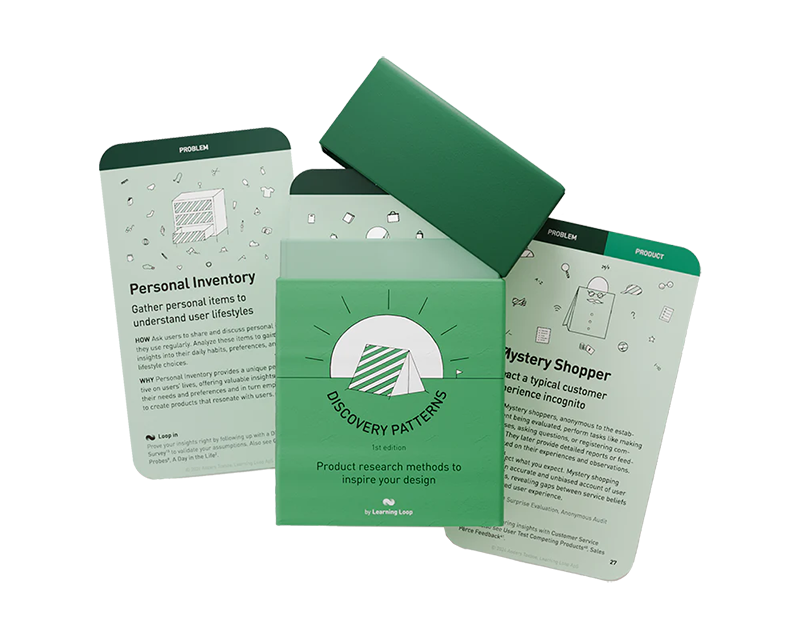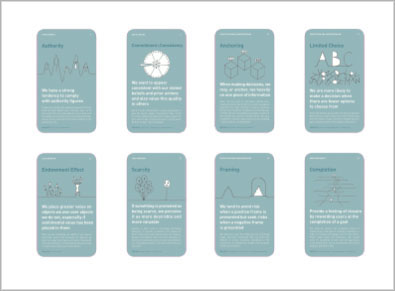
How: Systematically identify, categorize, and analyze errors made by users. Use this data to understand underlying causes and to make targeted improvements to the system.
Why: By pinpointing and analyzing specific areas where users struggle, you are tackling the root causes rather than symptoms. Error Analysis can help enhance usability, reduce frustration, and improve the overall user experience.
Error analysis is a focused and pragmatic approach to identifying, classifying, and resolving breakdowns in the user experience. Unlike broader usability testing, which often explores how users complete tasks, error analysis zooms in on what happens when things don’t go as planned. These moments—whether caused by confusing design, unclear copy, technical bugs, or misaligned expectations—offer some of the richest opportunities to improve a product.
By examining user errors systematically, teams can uncover hidden friction, better understand user intent, and prioritize improvements that directly reduce frustration. When done well, error analysis doesn’t just fix broken flows—it builds resilience into the product and trust with users.
Most digital products are built around an ideal user flow. But reality is rarely ideal. Users come in with different levels of context, intent, and focus. They get distracted. They misinterpret UI signals. They forget steps. When this happens, errors emerge—not just system errors, but human errors. And the consequences ripple across the entire experience.
Error analysis provides a framework for catching these failures and responding to them with design. It surfaces problems that analytics might miss, like input hesitations, navigational detours, or failed task completions. It also shifts the team’s mindset from asking “Did users succeed?” to “Why didn’t some users succeed, and what did they try instead?”
Teams that consistently practice error analysis find more durable improvements, not just fixes. They learn to anticipate user needs more precisely and build products that accommodate imperfection rather than punish it.
Classifying and interpreting errors
Not all user errors are created equal. To make error data actionable, it helps to classify them.
- Slips occur when users intend to do the right thing but accidentally do the wrong thing. These are usually tied to attention or memory lapses, like clicking the wrong button.
- Mistakes reflect a flaw in the user’s mental model. The user is doing what makes sense to them, but the design misleads or miscommunicates.
- Confusions arise when interfaces are ambiguous, feedback is missing, or terms are unfamiliar. These often lead to pauses, reversals, or erratic navigation.
- Frustrations are not errors per se, but emotional signals—users encountering resistance and expressing dissatisfaction through abandonments, retries, or help requests.
These categories, drawn from both cognitive psychology and modern UX heuristics, help product teams go beyond surface-level symptoms and understand the root causes behind what users do.
You can’t analyze what you don’t observe. UX error analysis relies on a combination of methods to capture where things go wrong:
- Moderated usability testing is the most direct. By watching users attempt tasks, you see where they struggle in real time. Think-aloud protocols and facilitator probes help uncover intent and confusion.
- Session recordings and analytics provide scale. Tools like heatmaps, clickmaps, and funnel analysis reveal where drop-offs or repeated actions occur—hints that users are failing to achieve their goals.
- Error logs are essential for system-level breakdowns, such as form validation issues or failed submissions.
- Surveys and feedback widgets can surface emotional responses, frustration points, or perceptions of brokenness that numbers alone won’t reveal.
Once you have the data, measuring error frequency, severity, and impact on task completion helps prioritize what to fix. For example, an error that only occurs occasionally but blocks all forward progress might warrant more immediate attention than a frequent but recoverable one.
Designing for error resilience
Fixing errors isn’t just about preventing them—it’s also about making recovery easier. The best error-tolerant designs recognize that users will make mistakes and build in gentle ways to guide them back on track.
Strategies include:
- Clear, contextual error messages that explain what went wrong and how to fix it. Avoid blame and jargon.
- Progressive disclosure to prevent users from being overwhelmed or misdirected.
- Undo functionality or reversible actions that reduce the stakes of experimentation.
- Inline validation to catch errors before form submission, with real-time feedback.
- Confirmation dialogs only for destructive or irreversible actions—used sparingly to avoid fatigue.
When users recover quickly, their confidence in the product grows, even if they made a misstep.
Error Analysis as an Ongoing Practice
Error analysis should be integrated into continuous discovery and development—not treated as a one-time audit. Include error logs in sprint reviews. Bring error screenshots into design critiques. Use recurring usability tests to recheck previously fixed issues and see if new ones have emerged.
Pairing error analysis with other methods strengthens insights:
- Use task analysis to understand where errors are most likely in a flow.
- Use competitive analysis to compare how others handle similar edge cases.
- Combine with micro surveys to collect real-time user frustration or failure points.
In mature teams, error insights are not just fed into the backlog—they shape prioritization, roadmap themes, and even KPIs. Reducing error friction becomes a signal of product quality.
Error analysis is not glamorous. It deals with what’s broken, what’s confusing, what’s failed. But in those moments of failure lie the clearest signals about how to make a product better.
By taking errors seriously, not just system crashes but human missteps, we design products that better fit the messy, real-world ways people think and act. We build interfaces that explain themselves, support correction, and never leave users feeling at fault.
Analyzing errors is about listening more closely to what users are trying to tell you when something goes wrong—and responding with thoughtful, empathetic design.
Popular tools
The tools below will help you with the Error Analysis play.
-
FullStory
Captures session replays and heatmaps to identify where users struggle or drop off. Enables product teams to observe real-world errors and quantify friction across journeys.
-
Hotjar
Provides visual behavior analytics including heatmaps, click tracking, and session recordings. Useful for spotting navigation errors, rage clicks, and confusion zones in real time.
-
LogRocket
Combines session replay with frontend performance monitoring and error tracking. Ideal for diagnosing both UX errors and technical bugs in context.
-
Datadog RUM (Real User Monitoring)
Captures and analyzes frontend errors, performance metrics, and user journeys to detect failure points and UI responsiveness issues.
-
Glassbox
Helps uncover digital customer struggles through session recordings, heatmaps, and AI-based anomaly detection. Strong for regulated industries needing compliance-ready analytics.
Real life Error Analysis examples
HubSpot
HubSpot conducted usability testing on their record page and discovered that excessive usage patterns were hindering sales and support workflows. By measuring user satisfaction metrics and iterating based on feedback, they improved the record page’s usability, contributing to a 33% revenue growth.
Source: eleken.co
SEOcrawl
SEOcrawl partnered with Eleken to redesign their platform, focusing on user feedback and usability. The redesign, guided by continuous user input, led to the development of new tools like the SEO Monitor. Post-redesign, SEOcrawl doubled its user base and attracted new paid customers.
Source: eleken.co
A collection of clever product discovery methods that help you get to the bottom of customer needs and coining the right problem before building solutions. They are regularly used by product builders at companies like Google, Facebook, Dropbox, and Amazon.
Get your deck!Related plays
- Error Analysis in UX by Alphabag Team at Alphabag
- What techniques can you use to analyze user errors? by UX Experts on LinkedIn at LinkedIn
- Error Analysis – UX Glossary by Helio Team at Helio
- Designing for the Unexpected: Strategies for Error Prevention in UX Design by UXmatters Editorial Team at UXmatters

